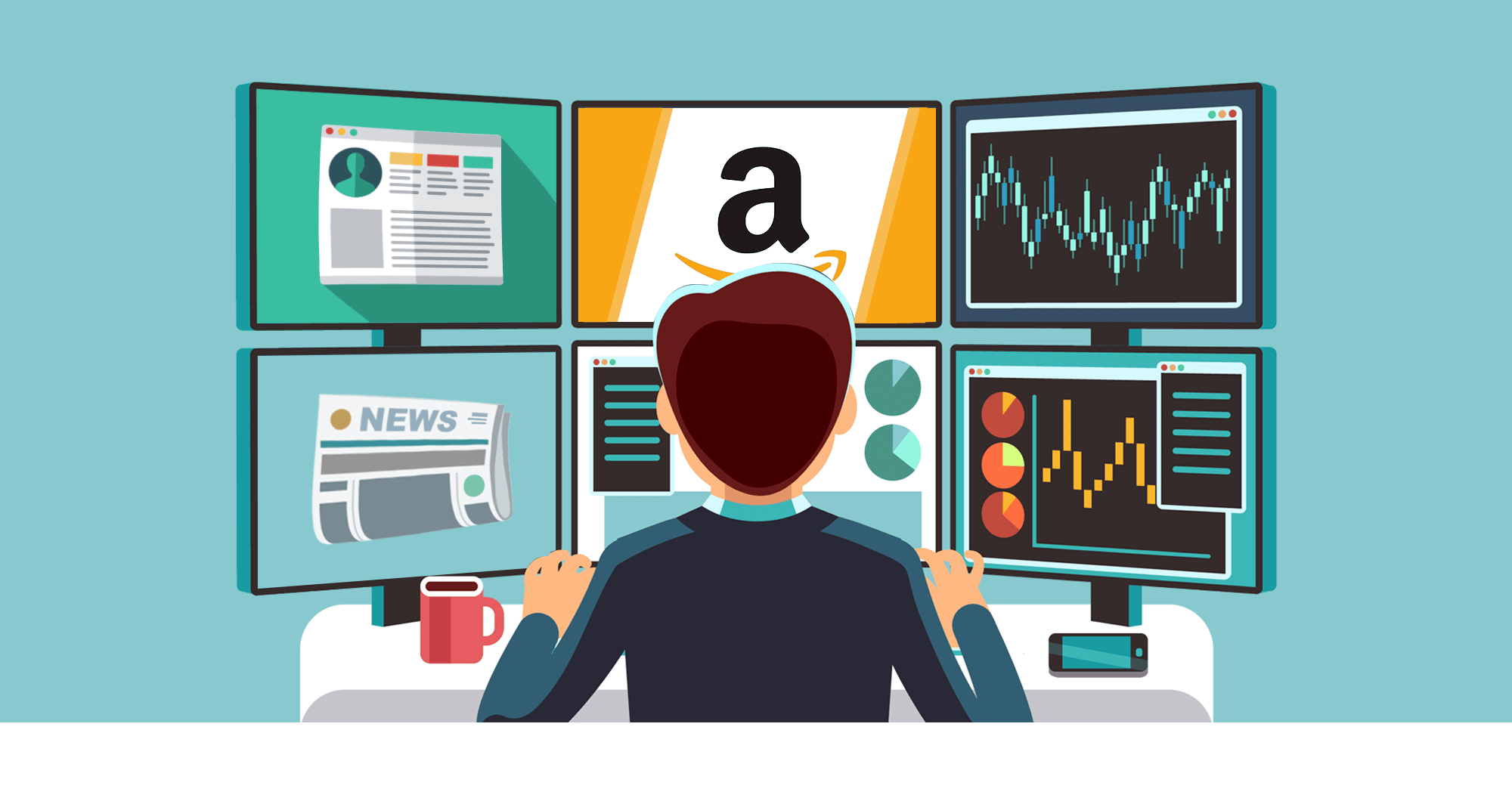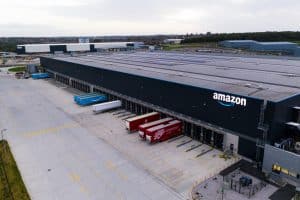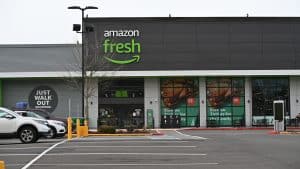Amazon Pauses More Warehouses, Shuts Down Physical Stores

After its expansion during the pandemic e-commerce boom, Amazon is pausing more warehouses in the United States as online sales start to slow. And while sales from its physical stores grew last quarter, the company is shutting some of them down to refocus its efforts.
Amazon’s Growth Problems
The e-commerce giant had a pretty good run when COVID hit. Because of the unexpected increase in demand, Amazon invested $34 billion in infrastructure in 2020 alone and created more than 400,000 jobs. However, Amazon is now slowing down its expansion.
Eighteen additional warehouses across 12 states have been paused recently, bringing the total number of canceled, closed, subleased, or delayed Amazon warehouses to 40 this year. This could be attributed to the fact that more people are returning to physical stores and that inflation is at an all-time high.
Earlier this year, leaked documents revealed the company’s plans to scale back expansion on delivery networks, adding only less than 500 Delivery Service Partners (around 33% lower compared to 2021).
Amazon also joins other Big Tech companies such as Alphabet and Meta in hitting the brakes on hiring. Last month, a leaked memo surfaced, signaling that the company might run out of manpower soon because of its high turnover rates. The present situation seems to run contrary to this. The Everything Store is still the biggest employer in tech, but it now has about 100,000 fewer employees compared to the last quarter.
E-Commerce Slowdown Continues
Amazon’s Q2 2022 Earnings Report reveals that it beat Wall Street’s expectations. However, its e-commerce revenue continues to decline (it’s down by 4% Y/Y last quarter). The online stores revenue is even lower compared to Q1 2022 at only $50.855 billion.
Meanwhile, Amazon’s ad revenue is up 18% Y/Y, making it its fourth-largest revenue source. It continues to do well compared to competitors such as Meta, which saw its first revenue decline because of a drop in ad spend.
Amazon Is Also Shutting Down Physical Stores
Amazon started as an online bookstore. But about two decades later, in 2015, it opened its first physical bookstore—Amazon Books—in Seattle. The company has since then ventured into various brick-and-mortar stores, including
- Amazon 4-Star (2018) – features highly rated products from the online marketplace
- Amazon Go (2018) – a cashier-less store that offers breakfast, lunch, and snacks
- Amazon Fresh (2007) – Amazon’s grocery store
- Amazon Go Grocery (2020) – cashier-less grocery store
- Whole Foods Market – a chain of supermarkets specializing in organic foods acquired by Amazon in 2017
Amazon’s physical stores are doing better revenue-wise. In the last quarter, it was up 12% Y/Y at $4.72 billion. However, this was still not enough. The company recently announced that it would close its 68 bookstores, 4-star stores, and pop-up shops to focus on grocery markets and department stores.





